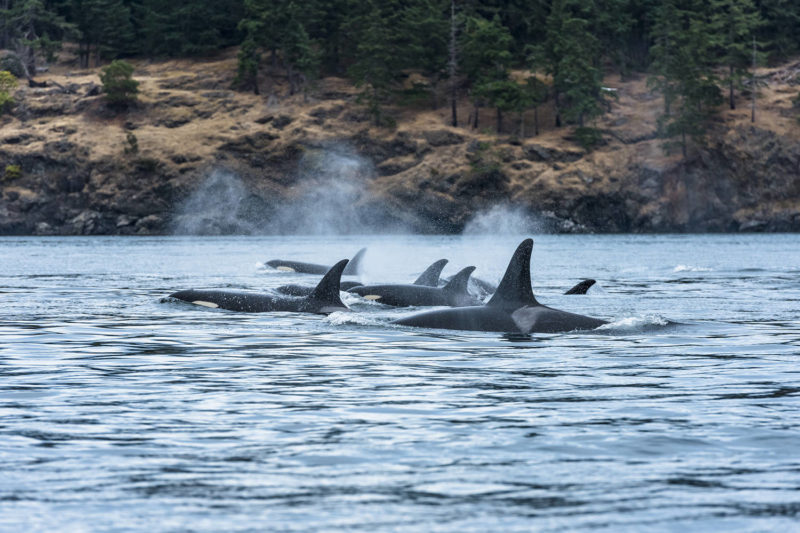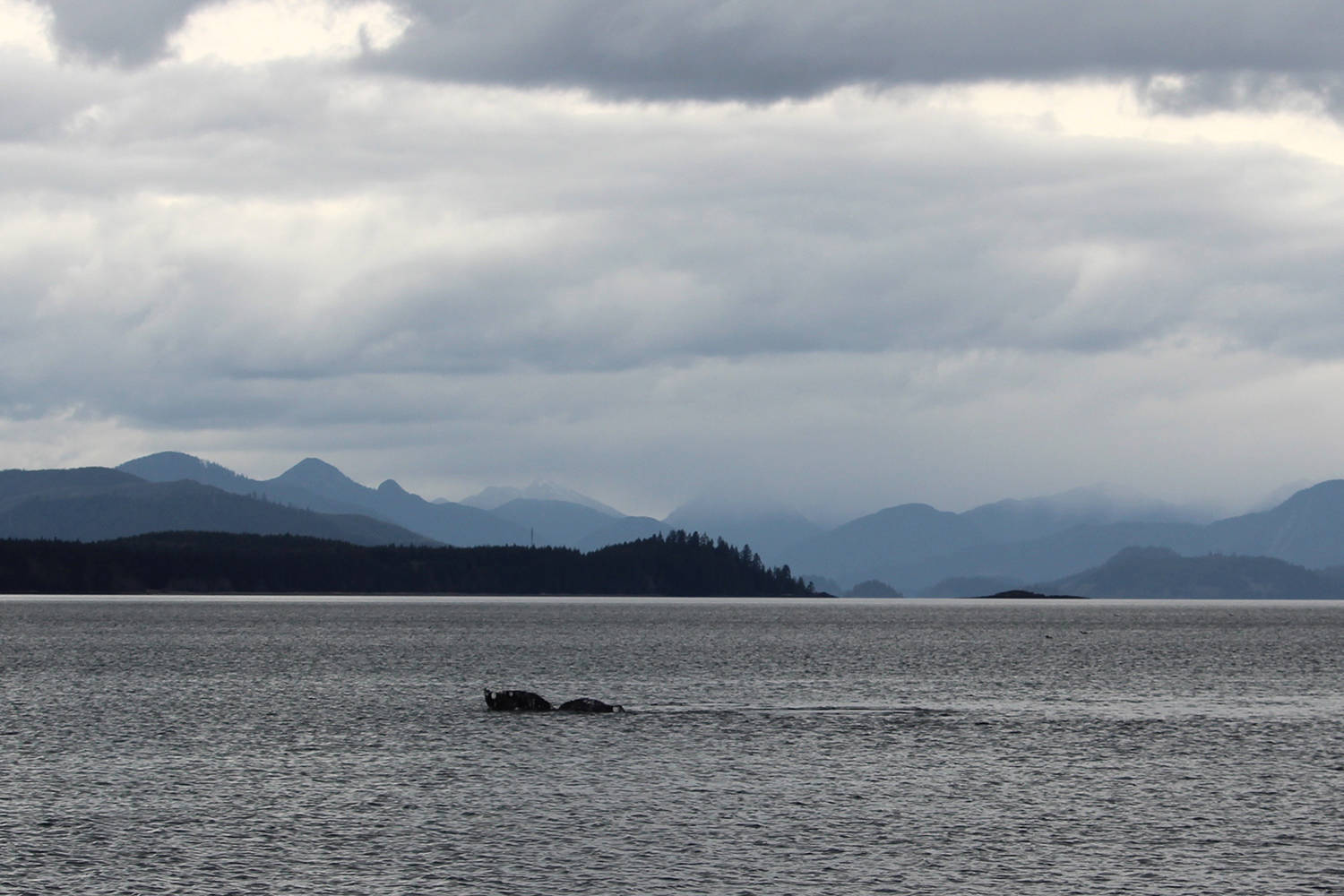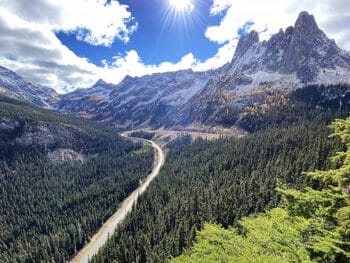My first few years on the West Coast were full of whale-watching near-misses. Everywhere I went, people told me the whales had just left.
Tourists on Galiano Island burst into the bed and breakfast gushing about the pod of orcas they’d watched from the shoreline. I wasn’t jealous, because I figured whales were an everyday occurrence on the coast. Ten years later, and I still haven’t seen an orca.
The owner of the Longhouse Gift Shop on Haida Gwaii told me she’d watched grey whales playing in the bay just the day before — watched them through the window of the gift shop all morning. It took me seven years of island visits before I saw my first Haida Gwaii whale.
The secret, in the end, was connecting with people who knew about whales, and visiting sites on the Whale Trail at the right time of year.
While now isn’t the time to travel, if you happen to live in an area frequented by whales, or are happily planning for future adventures, here are a few tips for whale watching…
READ MORE: Long-lost BC orca pod returns home for first time in more than 20 years
Watch for people watching whales: Spotting spray on the horizon can be tricky, especially if you don’t know what to look for. Spotting people spotting whales is a lot easier!
That’s how I saw my first whale, likely a Humpback based on its heart-shaped spray. I was driving California’s iconic Highway 1 north of Big Sur when I noticed a bunch of cars on the shoulder. People were looking out to sea, so I pulled off to look too.
The whale was a kilometre offshore, but the connection was immediate. Every minute or two it would spray a jubilant fountain high in the air, and all us humans onshore would gasp. Seeing your first whale is like seeing a dinosaur; it’s like stepping back in time or visiting a distant galaxy.
Scan the sea: My friend Phil has seen a lot of whales. Is he lucky? Maybe a little. But he also works really hard. His eyes are always on the horizon: scanning for whale blows, the flash of a fin, or crowds of birds feeding on the same fish as the whales. If you see the tell-tale splash of a whale breach, keep your eyes on the spot — a second breach often comes right after the first.
Research migrations: On the West Coast, humpbacks and orcas are more common in summer. Grey whales migrate northbound in the spring and southbound from November to January. Visit thewhaletrail.org to learn the best times to see different species, and the best spots to see them from shore.
In Haida Gwaii, grey whales come close to shore to feast on herring spawn every spring — knowing when and where to look made finding them a lot easier!
Watch wildlife responsibly: Keep your distance from wild animals to protect you and the animal. Don’t try to touch or feed animals — it can harm them, and is often against the law. The shore is a great place to watch whales, but if you choose to watch from a boat, know the local regulations before you go. If you choose a guiding company, be sure to select one that practices responsible whale watching.
READ MORE: ‘Return of the Giants:’ BC getting second chance to coexist with humpbacks
VIDEO: Humpback whales have play day in Vancouver Island Waters
Please note that Provincial Health Protocols currently advise against travelling outside your region to help prevent the spread of COVID-19.
Plan your future adventures throughout the West Coast at westcoasttraveller.com and follow us on Facebook and Instagram @thewestcoasttraveller. And for the top West Coast Travel stories of the week delivered right to your inbox, sign up for our weekly Armchair Traveller newsletter!













 Photographers capture the West Coast in picture-perfect detail
Photographers capture the West Coast in picture-perfect detail